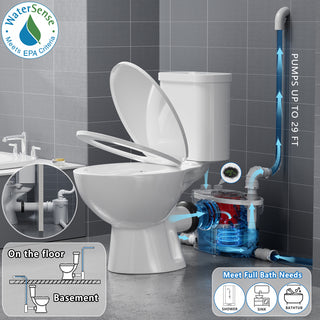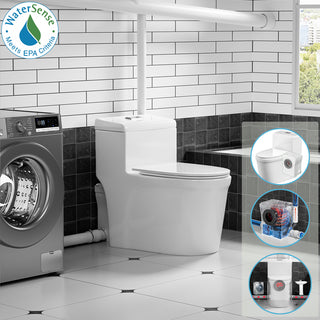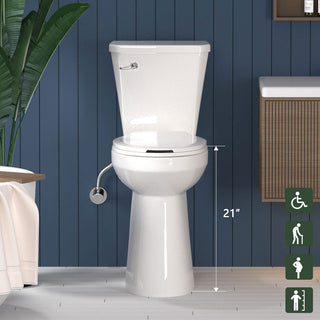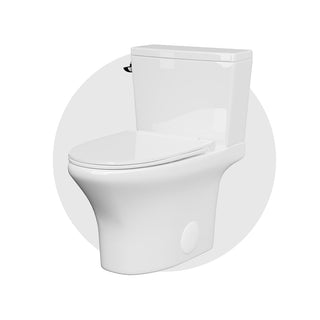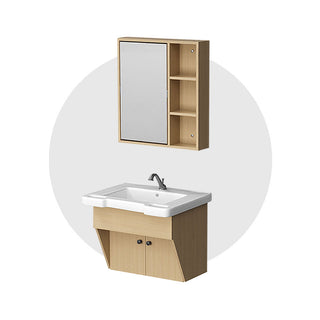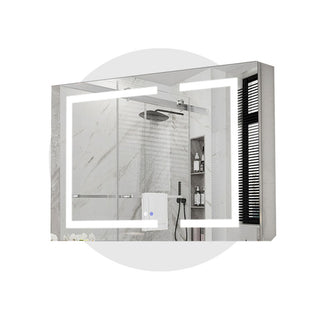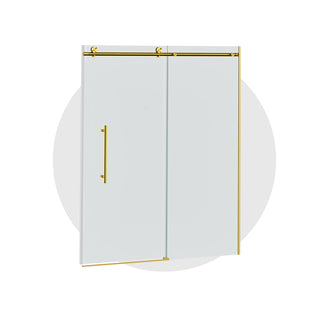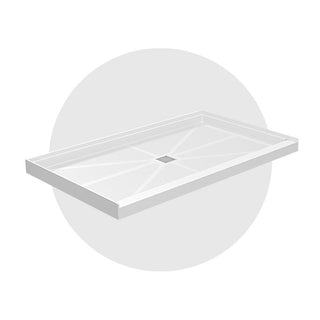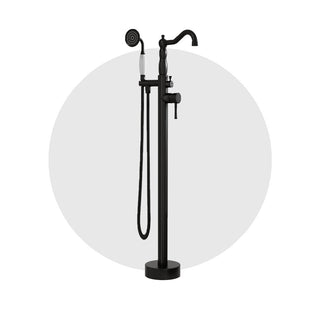I. Why People Consider Corner Toilets
If your bathroom feels cramped, you're not alone. Many homeowners struggle with tight layouts where traditional toilets just don’t seem to fit—especially in half baths, powder rooms, or irregular-shaped spaces. That’s where corner toilets come into the picture.
But does a corner toilet take up less space, really? Or is it just a clever repositioning trick? Let’s dive in.
II. Corner Toilet vs. Regular Toilet: Size Comparison
One of the first questions people ask is: Are corner toilets smaller than regular ones?
Not exactly. Most corner toilets are similar in bowl size and seat height to standard models. However, they are designed to fit diagonally into the 90° corner of a room, with the tank set into the corner. This strategic placement can free up wall space and make the layout feel less crowded.
Let’s compare typical dimensions:
|
Type |
Width (side to side) |
Depth (front to back) |
Approx. Footprint |
| Standard Toilet |
15–17" |
28–30" |
~16" x 28" |
| Corner Toilet |
18–20" |
32–34" (diagonal) |
~19" x 32" |
As you can see, corner toilets aren’t technically smaller, but their corner placement helps clear valuable wall and floor space, especially in narrow bathrooms.
III. When Does a Corner Toilet Actually Save Space?
Does a corner toilet save space? It depends on your layout.
Here are scenarios where corner toilets are a smart choice:
- In narrow or square-shaped bathrooms where a standard toilet interrupts door swing or blocks a vanity
- In half-baths where every inch counts
- In awkward layouts where nothing quite fits along a straight wall
- When you're adding a second bathroom in a basement, under a stairwell, or within a converted closet
In these cases, shifting the toilet into a corner can maximize usable space and improve flow.
IV. Expert Tips for Optimizing a Corner Toilet Layout
To get the most from a corner toilet:
- Plan your layout carefully. Make sure there’s enough diagonal depth from the corner to the front of the bowl, and allow comfortable clearance in front to avoid a cramped feel.
- Choose compact or wall-mounted fixtures. Pairing a corner toilet with a small vanity or floating sink can help free up valuable floor space.
- Use vertical storage. Mirror cabinets or floating shelves above the toilet can maximize functionality without adding bulk.
- Check product dimensions before purchasing. Corner toilets vary in size—some are designed to be more compact than others, which can make a big difference in tight spaces.
V. Is a Corner Toilet Worth It?
So, is a corner toilet worth it?
If you're short on space and willing to adjust plumbing, absolutely. While a corner toilet doesn't always reduce the overall footprint, it allows for smarter use of awkward layouts—especially in small or oddly shaped bathrooms.
Beyond space, it can improve traffic flow, free up wall area for sinks or storage, and create a more balanced look. However, keep in mind potential plumbing modifications and slightly higher installation costs.
For many homeowners, the space-efficiency and design flexibility more than justify the trade-offs.
Final Thoughts
Corner toilets don’t shrink the toilet itself, but they make your bathroom work smarter, not harder. By redistributing space, they can offer surprising freedom in tight quarters. If your current setup feels off, considering a corner layout might just be the fix you need.
🧠 FAQ
Q: Does a corner toilet take up less space?
A: Not in overall dimensions, but it often frees up wall space and improves layout in tight bathrooms.
Q: Does a corner toilet save space?
A: Yes, especially in small or awkward bathrooms where standard layouts don’t work.
Q: Are corner toilets smaller than regular toilets?
A: No, but they’re designed to fit into corners, which can create more open space elsewhere.
Q: How much space does a corner toilet need?
A: Most corner toilets require about 32" of diagonal depth. For comfortable use, around 30" of front clearance is recommended—even though only 24" is required by code.


